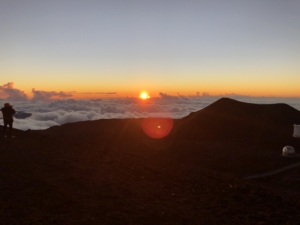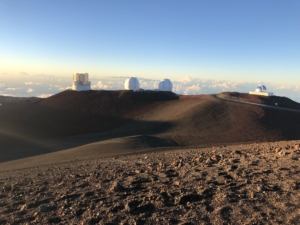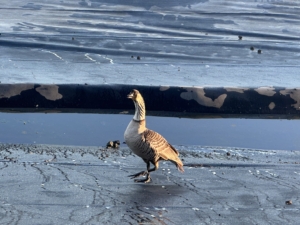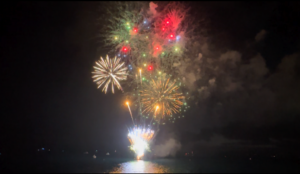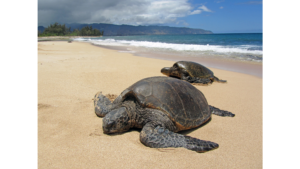You may have noticed some beaches in Hawai’i are closed at certain times of the year. This is done to facilitate a remarkable natural phenomenon known as coral spawning. Coral spawning is a vital reproductive process in which coral colonies release eggs and sperm into the water simultaneously, ensuring the continuation and growth of coral reefs. These closures are crucial for protecting these delicate ecosystems, maintaining water quality, supporting conservation efforts, and allowing scientific research. Understanding coral spawning and the reasons behind beach closures can help appreciate the importance of preserving these underwater treasures.
During coral spawning, millions of gametes (eggs and sperm) are released into the water, where fertilization occurs externally. The fertilized eggs develop into larvae, which eventually settle and grow into new coral polyps, contributing to the growth and maintenance of coral reefs. This typically occurs once a year and is often synchronized across many colonies of the same species. The event is triggered by environmental cues such as water temperature, lunar cycles, and the length of daylight.
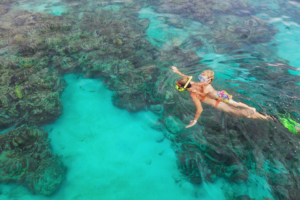
The closure of some Hawaiian beaches during coral spawning is done for several reasons:
Protection of Coral Reefs: Coral reefs are delicate ecosystems, and human activity can cause significant damage, especially during the sensitive spawning period. By closing beaches, authorities aim to minimize disturbances that could negatively impact the reproductive success of corals.
Water Quality Management: Coral spawning can temporarily affect water quality, as the release of large quantities of gametes and subsequent biological processes can alter the chemical composition of the water. Reducing human activity can help maintain water quality during this critical time.
Conservation Efforts: Coral reefs are vital for marine biodiversity, coastal protection, and the local economy (through tourism and fishing). Ensuring successful spawning events is crucial for the long-term health and sustainability of these ecosystems. Beach closures are a proactive measure to support conservation efforts.
Scientific Research: Coral spawning events provide opportunities for scientific research and monitoring. Limiting human access helps create a controlled environment for researchers to study coral reproduction, track the health of reef ecosystems, and develop strategies for coral conservation.
During these closures, there will be notices posted (here) at the affected beaches to inform the public. However, many other beaches in Hawaii remain open for recreational activities, ensuring that residents and visitors can still enjoy the beautiful coastal environment while supporting important conservation efforts. By adhering to these temporary closures and respecting posted notices, everyone can contribute to the preservation of Hawaii’s vibrant marine life and the health of its coral reefs.
There are a lot of beaches to choose from. Here are a few of our favorites!
Looking for a place to stay? Check out what we have available for your dates.

